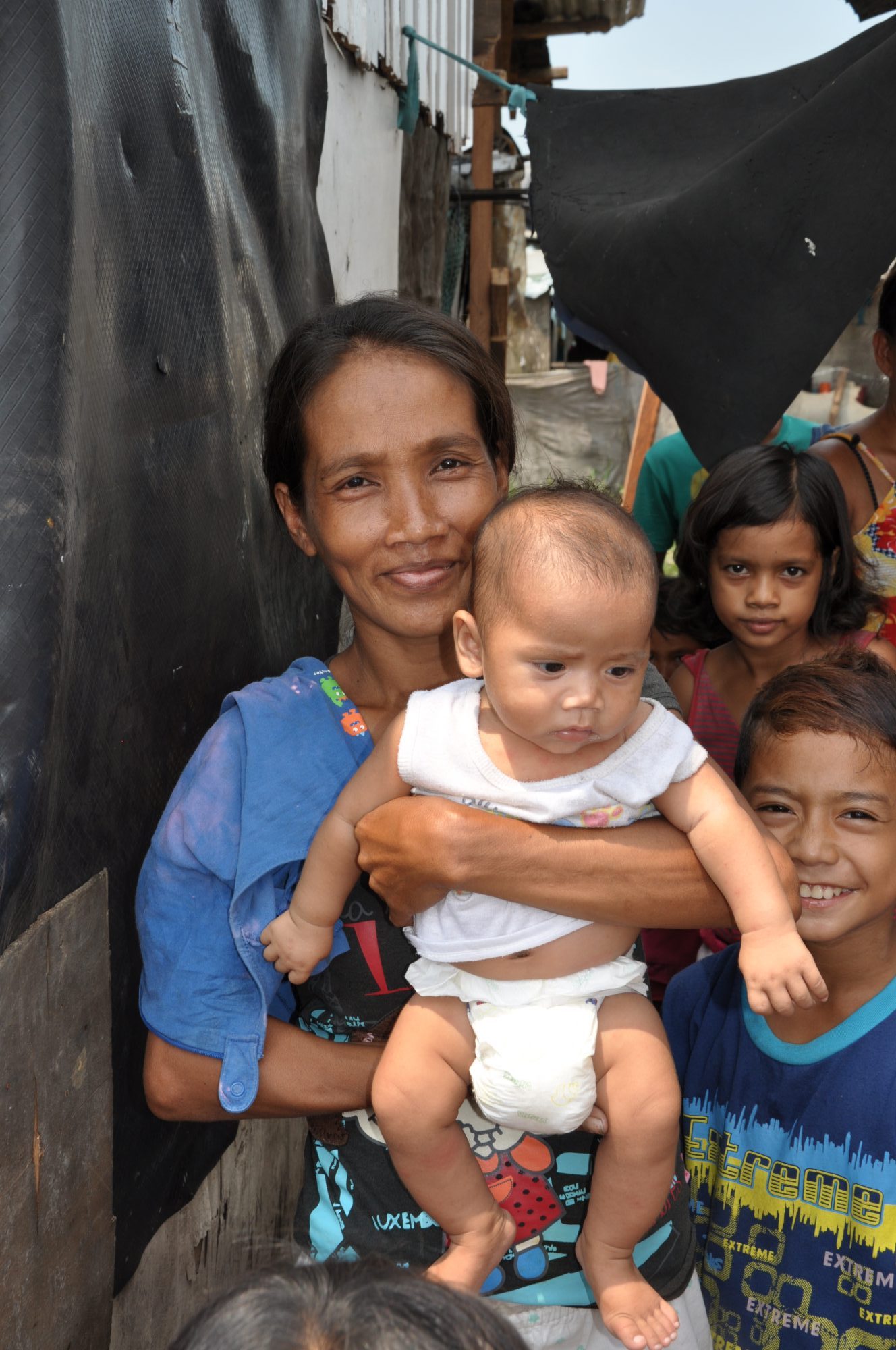This photo (above) is heart breaking for me. The young girl in pink is chronically exposed to extremely high levels of lead because families in her village have been recycling and smelting lead and other metals for decades. Not only is her development being impacted, but also the development of her future children.
We tend to focus on lead exposures of pregnant women or women of child-bearing age when talking about fetal impacts of lead, but if a young girl is exposed to extremely high levels of lead over a long period of time, the devastating impacts to her can also affect her future children, a generation away. To me, this picture shows mothers, children, and THEIR future children poisoned by lead and it calls me to take action.
The human body’s reaction to lead is complex. In chronic exposures, the lead becomes incorporated into the teeth and bones, stored there as if it were calcium or some other vital mineral rather than a toxic substance. In a man, this lead incorporated into the bones can gradually leach out over time. The half-life of lead in bones can be up to 28 years. But in girls or women, lead is stored in the body only to be re-mobilized in the event of pregnancy. When a fetus begins developing, the woman’s body releases stored calcium and other vital building blocks of life to help support the baby’s development. Unfortunately, this includes remobilization of lead or other toxins that have been stored in the body.
Lead is a potent neurotoxin, causing lower intellectual capacity, neurological damage and cardiovascular disease, among other problems. In children, lead can affect nearly every organ in a young developing body, in particular the brain and nervous systems, with devastating and sometimes permanent health consequences. Passed from one generation to the next, lead poisoning can drain a family’s future potential.
In this little girl’s village, the surface soil has lead levels reaching up to 50,000 parts per million (as a comparison, the US EPA guidance for bare yards where children play is 400 parts per million.)
Of the adults tested in the village, 88% had blood lead levels (BLL) above 10 milligrams per deciliter and 16% had BLL above 45 micrograms per deciliter (as a comparison, the average BLL for affected children in Flint, MI was 7.825, and the US CDC uses 5 micrograms per deciliter as the indicator level of exposures to lead that should trigger intervention, and 45 micrograms per deciliter is the action level for potential hospitalization.) We did not test the children in this village (yet).
I first visited the village in 2015, taking pictures, gathering soil samples, and meeting with local officials. I was full of optimism that we were uncovering the problem and would be able to help local and national leaders find a solution.
In these first visits, I struggled with how much to reveal to the women who came up to me as I was testing their yards and taking pictures. Do I tell them they are being poisoned? That their yards are toxic? I returned several times throughout the following two years with funding from various agencies supporting our work to find a solution for the village.
In the end, the national government opted to take no action despite available funding and a clear plan for protecting children’s health by covering the contaminated areas with clean soil.
Unfortunately, the little girl in pink and all the other children in that village are still being poisoned every day. It is rapidly becoming too late for the effects on them to be reversed. Every day that goes by, it becomes more likely that it may be too late for their FUTURE children as well. How many more villages like this do I need to visit? How many other little girls are already, unknowingly, tragically, poisoning their future children?
The good news is that cleanups are happening successfully around the world. We have done many lead remediations with cooperative governments and communities in villages from Zambia to Vietnam, the Philippines, and Kyrgyzstan.
Our cleanups are low-cost and proven, with follow-up monitoring of children showing drops in blood lead levels. The future is now brighter in the villages we have reached. We need to continue to raise awareness about the easily preventable tragedy of childhood lead poisoning. Organizations like Pure Earth have simple, low-cost methods to protect children’s health and depend on concerned individuals around the world to help us fund the cleanups and call attention to the need for more action.
Please share this story and help us reach more people with this important message! Thank you.
 Lara (left) and her camera
Lara (left) and her camera
 Cinangka, Indonesia: these children now play on a clean soccer field that replaced a lead-contaminated dump.
Cinangka, Indonesia: these children now play on a clean soccer field that replaced a lead-contaminated dump.
 Bulacan, Philippines: an informal community lives on highly polluted land adjacent to a former battery recycling plant.
Bulacan, Philippines: an informal community lives on highly polluted land adjacent to a former battery recycling plant.
 Kabwe, Zambia: children play in one of the most polluted towns we have ever worked in.
Kabwe, Zambia: children play in one of the most polluted towns we have ever worked in.





